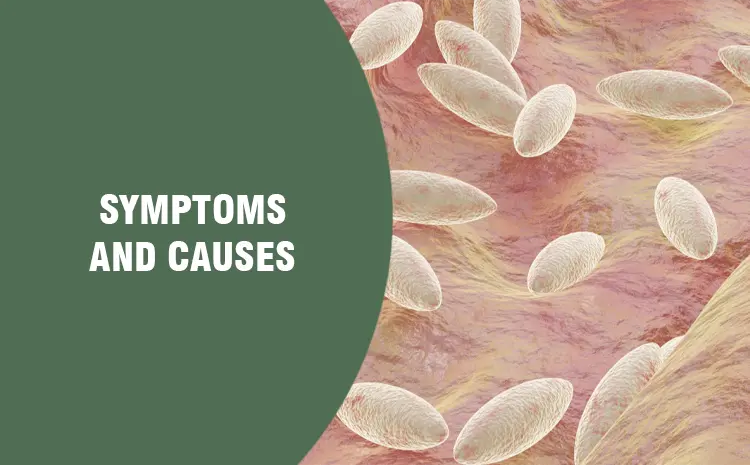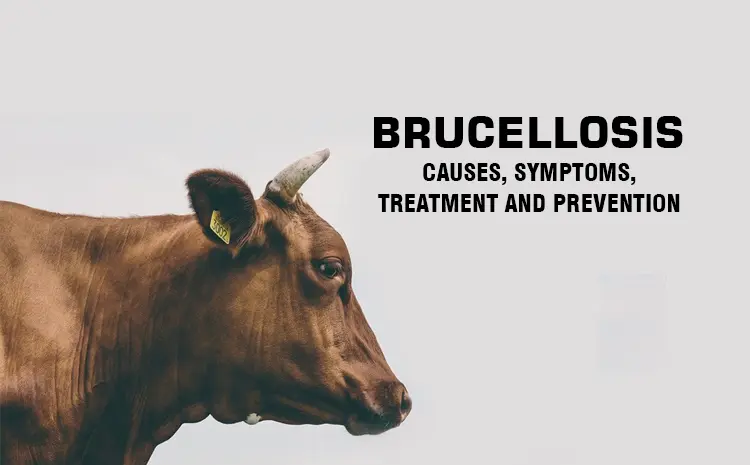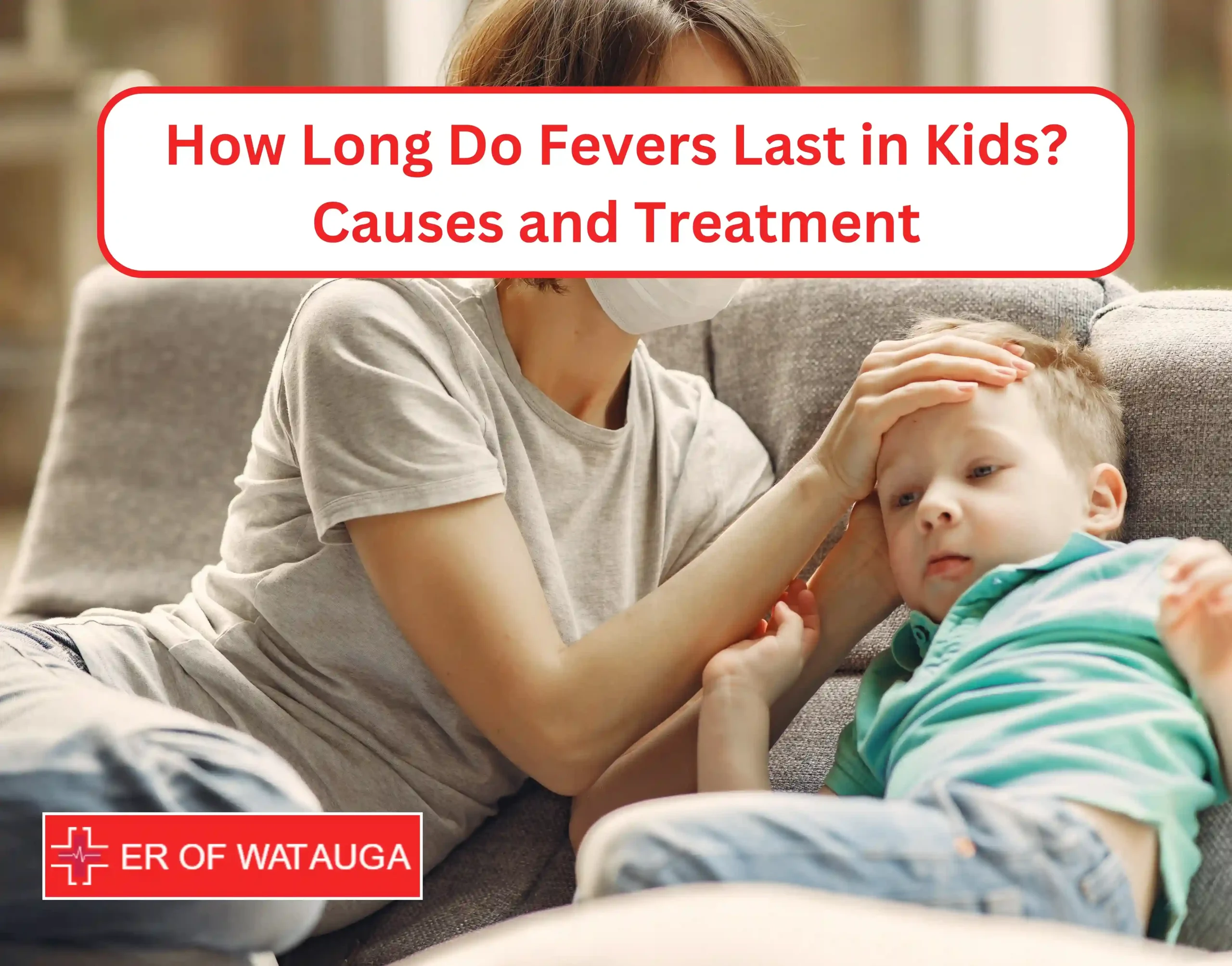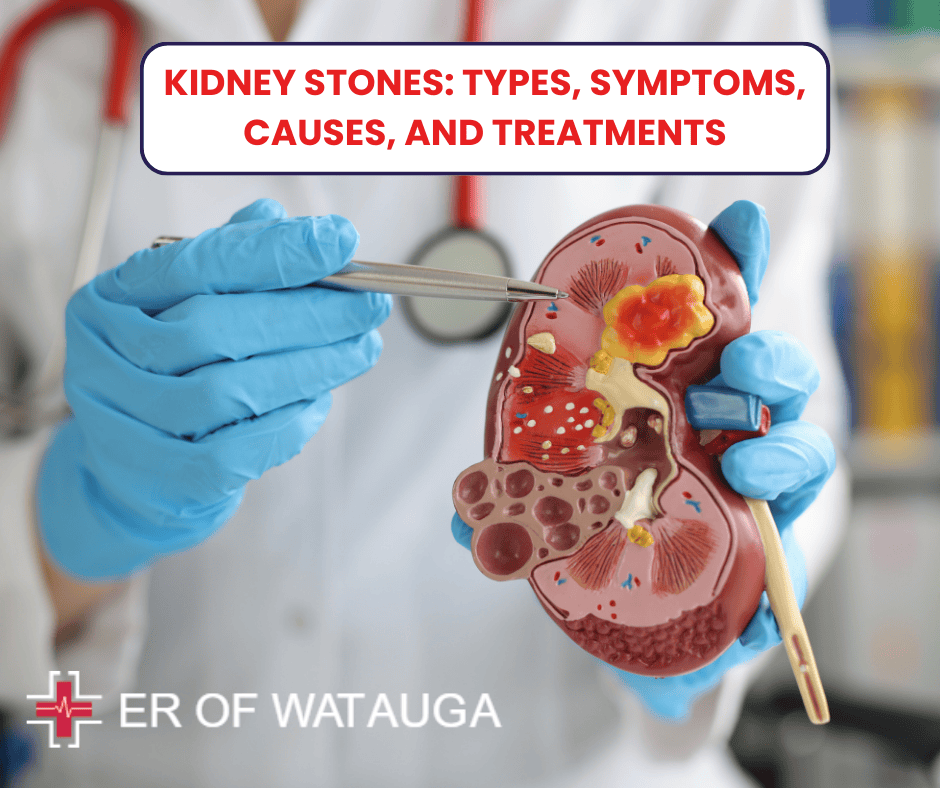Are you curious to know about Brucellosis, its causes, symptoms, and treatment? Welcome, you are almost there. Most of the time, people get Brucellosis, which is a zoonotic disease also known as “undulant fever,” “Mediterranean fever,” or “Malta fever,” by touching sick animals or their products. Both men and women of all ages are susceptible.
Many countries have been able to successfully control the disease, but there are still places where domestic animals are infected, putting people at risk of getting the virus. People all over the world get this serious illness, but many people don’t get it diagnosed or report it. In this blog, we will help you know how Brucellosis spreads, how it affects us, and what preventive measures to avoid it.
WHAT IS BRUCELLOSIS?

Brucellosis is a viral infection caused by the Brucella bacteria. Bacteria can pass from animals to humans. Brucella bacteria come in various separate forms. Some kinds are found in cows. Other animals include dogs, pigs, sheep, goats, and camels. In recent years, scientists discovered new types in the red fox and several marine creatures including seals. Brucella infection in animals cannot be treated.
Who Does Brucellosis Affect?
Brucellosis is present in the majority of countries around the world. You’re more likely to get a Brucella infection if you:
- Are you a veterinarian or work with animals
- Work at a dairy farm or ranch
- Are you a butcher, an abattoir worker, or someone who handles raw meat
- Hunting animals or field clothes
- Work at a lab that deals with Brucella
- Consume raw meat or unpasteurized dairy products
How Common is Brucellosis?
Every year, around 500,000 cases of Brucellosis are reported worldwide. It is rare in the United States, with around 100 to 200 cases reported each year.
What Does Brucellosis Do to Humans?
Brucella, the bacteria that causes Brucellosis, enters your body via your mouth, nose, eyes, or a break in your skin. It then spreads to your lymph nodes or tissues, where it gradually multiplies. It can then spread to practically any part of your body, including your heart, liver, brain, and bones, causing swelling and damage.
SYMPTOMS AND CAUSES

What are the Symptoms of Brucellosis?
Brucellosis symptoms emerge two to four weeks, or longer, after being exposed to the bacteria. Symptoms can last for months or years and include:
- Fever
- Sweating (often with a moldy odor)
- Joint pain, particularly in the hips, knees, or lower back
- unexplained weight loss
- Headache
- abdominal (stomach) pain
- Loss of appetite or uneasy stomach
- Depression
- Large, painful lymph nodes
- Generally feeling ill
What Causes Brucellosis?
Brucellosis is caused by several species of Brucella bacteria, including B. abortus, B. canis, B. meliensis, and B. suis. Brucella is carried by various animals, including:
- Cattle
- Goats
- Pigs
- Deer
- Moose
- Elk
- Sheep
- Dogs
- Camels
What are the Risk Factors of Brucellosis?
Brucellosis occurs worldwide and is a reportable disease in the majority of countries. It affects people of all ages and sexes. The majority of instances in the general population are caused by consuming raw milk or its derivatives, such as fresh cheese. Most of these cases involve sheep and goat products.
The disease is also considered an occupational danger for those working in the livestock industry. People who work with animals and come into touch with blood, placentas, fetuses, and uterine secretions are more likely to get the disease. This form of transmission primarily affects farmers, butchers, hunters, veterinarians, and laboratory workers.
Brucella melitensis is the most common species responsible for human Brucellosis worldwide, thanks in part to the difficulty of immunizing free-ranging goats and sheep. Human-to-human transmission is extremely rare.
DIAGNOSIS AND TESTS

How is Brucellosis Diagnosed?
A healthcare provider will diagnose Brucellosis by asking you about your symptoms and analyzing your blood, tissues, or other samples for Brucella bacteria. Because Brucellosis symptoms might mimic those of other diseases, your doctor may run tests to rule them out.
The best technique to confirm a Brucella infection is to culture the bacteria from bodily fluid or tissue. Brucella grows slowly, so your diagnosis may take a few weeks to confirm. To check for Brucella, you may need to perform many blood tests over a few weeks.
What tests will be used to diagnose brucellosis?
To diagnose Brucellosis, your provider may collect body fluid samples and do imaging or other testing, such as
Blood testing
Your provider will use a needle to draw blood from your arm. A lab can detect Brucella in your blood (antibodies, antigens, or DNA) or attempt to cultivate it over time (culture).
Testing of other bodily fluids
Your provider may collect fluid samples from your spinal canal, joints, or other places of your body to detect or grow Brucella.
Tissue biopsy
Your doctor may collect samples of your bone marrow or other tissue to test for Brucella or grow it over time.
Imaging
Depending on the areas of your body affected, your doctor may order X-rays, CT scans, MRIs, bone scans, ultrasounds, or an echocardiogram. These capture photographs of the inside of your body to detect changes in your bones or organs.
How is Brucellosis Treated?
Your doctor will treat Brucellosis with at least two different antibiotics. You will have to take them for at least six to eight weeks. Depending on your situation, you may require further treatments (such as draining contaminated areas or treating consequences).
What Medications Are Used to Treat Brucellosis?
Healthcare practitioners prescribe the following antibiotics to treat Brucellosis:
- Streptomycin or Gentamicin
- Rifampin
- Doxycycline
- Trimethoprim and Sulfamethoxazole (TMP/SMX)
- Ciprofloxacin
Is there a Vaccine for Brucellosis?
Since there is currently no vaccine that can prevent Brucellosis in humans, vaccination-based control of Brucellosis in animals has grown to be a crucial aspect of Brucellosis management in humans.
IS BRUCELLOSIS A STI?

No, brucellosis is not a sexually transmitted infection (STI). There have been only a few examples of Brucellosis spreading via sexual intercourse.
HOW IS BRUCELLOSIS TRANSMITTED?

Brucellosis spreads by contact with diseased animals or unpasteurized dairy products. You can contract brucellosis by
- Drinking raw milk or consuming unpasteurized cheese, ice cream, or other milk products. Infected animals make tainted milk. Pasteurization, on the other hand, eliminates the germs, allowing you to drink milk from sheep, goats, cows, or camels that have Brucellosis without risk.
- Touching diseased tissue or an animal’s bodily secretions. Brucella can enter your body through skin cracks or via the eyes, nose, or mouth.
- Inhaling Brucella. Brucella particles can be inhaled from the air, most commonly from diseased animals’ exposed tissues or bloodstream. This is a concern if you operate with Brucella in a lab, dress game, or work on a farm, abattoir, or meat packing facility.
- Consuming undercooked meat.
How Can I Prevent Brucellosis?
You can lower your risk of Brucellosis by practicing safe food handling and wearing protective clothing when working with animals, such as:
- Do not consume or eat unpasteurized milk.
- When working with animals or animal tissues, wear adequate safety gear. This could include gloves, an apron, or goggles. Butchers, veterinarians, hunters, farmers, and those who work in slaughterhouses or medical labs must be extremely cautious.
- Cook meat to safe temperatures, and always wash your hands, surfaces, and utensils after preparing your food. Game meat can become infected with Brucella.
What Can I Expect if I have Brucellosis?
Most patients who have Brucellosis will recover completely with antibiotic treatment, but it may take a while. You can anticipate taking antibiotics for several weeks or months to ensure that all germs in your body have been eliminated.
Brucellosis can resurface after therapy is completed, especially if antibiotics are not taken for an extended period. Some symptoms, such as arthritis, can persist even after treatment is completed. If you develop complications from Brucellosis, you may require additional medications or therapies.
Complications of Brucellosis
Complications of brucellosis are more prevalent if left untreated for an extended period. Complications include:
- Arthritis is an ongoing condition
- Hepatomegaly is an enlargement of the liver or spleen
- Chronic hepatosplenic suppurative brucellosis (CHSB). CHSB is an infection that develops abscesses (pus-filled pockets) in your spleen and liver. It can develop years after a Brucella infection
- Endocarditis is an infection and inflammation of the heart, brain, spine, bones, or lower back
- Epididymo-orchitis is swelling of the epididymis (the tube that transports sperm) and the testis
- Miscarriage
Can Brucella in humans be cured?
Yes, Brucella infections in people can be treated with antibiotics. However, some issues can cause long-term damage.
Can brucellosis result in death?
People seldom die from Brucellosis. The fatality rate for brucellosis ranges between 1% and 2% of all cases.
Conclusion
Brucellosis is a rare bacterial infection that develops slowly and can persist for a long time. It can look like a variety of other conditions, therefore it’s critical to see a doctor to be properly evaluated and treated. Brucellosis is normally not serious, but it might infect your bones and organs, so pay special attention to your symptoms. If you experience any new or concerning symptoms, do not hesitate to contact your provider. ER of Watauga is your go-to provider for offering extinguished healthcare services in Forth Worth and nearby areas. Contact us today or get a quote for further consultation.
FAQs
What is the best time to go to the ER?
If you experience any of the following indicators of a dangerous disease, go to the emergency room.
- High fever (over 103.4 degrees Celsius/103 degrees Fahrenheit)
- Severe pain in the abdomen or stomach
- Uncertainty or other cognitive changes
When I have Brucellosis, what should I do to take care of myself?
Even if you feel better, if you have Brucellosis, you must continue to take all of your medications as prescribed by your doctor. Premature antibiotic cessation raises the chance of Brucellosis recurrence. If your symptoms worsen or are new, contact your provider.
Is it necessary to see my doctor at a specific time?
If you have Brucellosis symptoms, consult a doctor, especially if you are at risk of infection due to your profession or hobbies. Your doctor can prescribe antibiotics to treat the infection and keep it from spreading. They may urge you to stay home from work until the infection has cleared. Regular follow-up sessions are also required to ensure that the infection is controlled.
What actions may be performed to avoid brucellosis infection?
Several strategies are used to prevent Brucellosis, including maintaining good hygiene when handling animals or animal products, avoiding consumption of unpasteurized dairy products, wearing appropriate protective gear when working with potentially infected animals, and implementing control measures in livestock populations, such as vaccinations and testing.
Can brucellosis be passed from person to person?
Brucellosis is generally transferred from animals to humans, with person-to-person transmission rare. In exceedingly rare circumstances, sexual intercourse, nursing, or organ transplantation can all be routes of infection.






